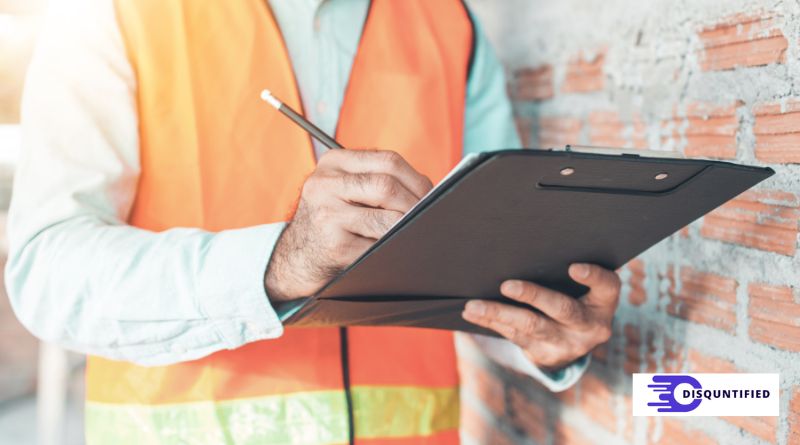Securing commercial spaces has become significantly more challenging in a world shaped by emerging threats and accelerating technology. Today, businesses must deploy a blend of physical and digital security measures to truly protect their premises, assets, staff, and visitors. Utilizing modern approaches, including leveraging commercial locksmith services Orlando, is key to up-to-date defenses and operational efficiency. Forward-thinking organizations are shedding reliance on outdated practices and embracing a more innovative, layered approach to building security that addresses both physical and cyber threats.
Enhancing commercial security involves more than just physical protection; it requires a balance of access, visibility, and rapid response while maintaining aesthetics and comfort. Businesses are increasingly integrating advanced systems, such as cloud-based access and IoT devices, which not only deter criminal activity but also build trust with employees and customers. Facility managers face the challenge of creating a welcoming environment while maintaining robust security measures, necessitating ongoing assessments and careful design to avoid creating an oppressive atmosphere. Compliance with regulatory and cybersecurity standards is also crucial in protecting against legal risks and evolving threats.
Integrating Advanced Access Control Systems
Traditional keyed entries are quickly becoming obsolete in the face of sophisticated threats and complex facility layouts. Businesses now leverage advanced access control technologies, including biometric scanning—such as facial and fingerprint recognition—and digital keycards. These systems allow for customizable, scalable access rights and restrict entry based on security clearance or role. Cloud-based solutions enable real-time tracking, remote entry management, and instant updates, making them invaluable for multi-location enterprises.
Mobile access control is on the rise, offering employees and visitors the convenience of using their smartphones to unlock doors, monitor logs, or even temporarily grant access to vendors or contractors. This integration not only heightens security but also reduces administrative burdens and physical touchpoints, supporting hygiene protocols in high-traffic facilities.
Leveraging AI in Surveillance
With the advent of Artificial Intelligence, commercial surveillance has reached new heights in prevention, detection, and rapid response. AI-enabled cameras and analytics systems monitor premises in real-time, scanning for abnormal patterns, including suspicious movement, unauthorized access attempts, or individuals lingering in restricted zones. When flagged, these systems can immediately alert security officers via mobile devices or dispatch automated alerts to law enforcement, drastically shrinking reaction times and minimizing risk. AI also offers valuable data retention and facial recognition capabilities, enhancing efficiency and minimizing the risk of human error. As reported by Forbes Tech Council, these intelligent systems outperform human operators in identifying threats and can be scaled to monitor vast commercial complexes around the clock.
Implementing IoT for Comprehensive Security
The integration of the Internet of Things (IoT) is at the forefront of holistic security strategies. Smart devices—ranging from environmental sensors and motion detectors to connected locks and surveillance cameras—create an interconnected ecosystem where data is centralized and actionable. IoT networks enable instant detection of open doors, temperature anomalies, or water leaks, reducing response times and limiting potential damage or loss. Centralized management dashboards allow facility operators to monitor multiple building systems from a single interface, automating responses such as lockdown protocols or emergency lighting activation. IoT also strengthens communication between security personnel, ensuring issues can be escalated or resolved swiftly using real-time information.
Balancing Security and Aesthetics
Security infrastructure should enhance—not detract from—the appeal of a commercial property. Innovative design solutions enable the seamless integration of robust security with modern aesthetics. Recessed or camouflaged cameras, access control panels fitted into decorative walls, and subtle bollards at entrances all serve their protective function without creating a fortress-like atmosphere. Close coordination with architects and designers ensures that these elements complement the overall design intent. Modern commercial owners recognize that an inviting environment is key to tenant and customer retention. The integration of security with lighting design, landscaping, and open floor concepts allows for natural observation paths while discreetly deterring inappropriate behavior.
Ensuring Cybersecurity in Smart Buildings
Smart buildings, while convenient and efficient, introduce new cyber risks. With systems tied to the cloud and internal networks, vulnerabilities can expose sensitive security controls, surveillance footage, or even building automation settings to hackers. Proactive cybersecurity strategies are essential—these include using encrypted networks, implementing robust password policies, and regularly updating firmware to patch potential vulnerabilities. Staff awareness is equally critical. Cybersecurity training, periodic penetration testing, and compliance with international data privacy regulations (such as GDPR or CCPA) provide additional layers of defense. Regular third-party audits help validate the security posture and readiness of any commercial building network.
Regular Maintenance and Updates
Even the most advanced systems require ongoing maintenance to remain effective. Scheduled inspections of locks, hardware, and digital equipment ensure optimal operation and extend the lifespan of costly infrastructure. Periodic software updates prevent exploitation of newly discovered vulnerabilities and enhance feature sets based on emerging standards. Employee retraining is equally necessary as new threats and technologies arise. Keeping staff updated with regular security briefings ensures they can respond appropriately during emergencies and adhere to best practices daily.
By leveraging advanced tools, fostering a culture of vigilance, and prioritizing both design and user experience, businesses can strike a delicate balance between providing robust security and a welcoming atmosphere for customers and staff alike.

